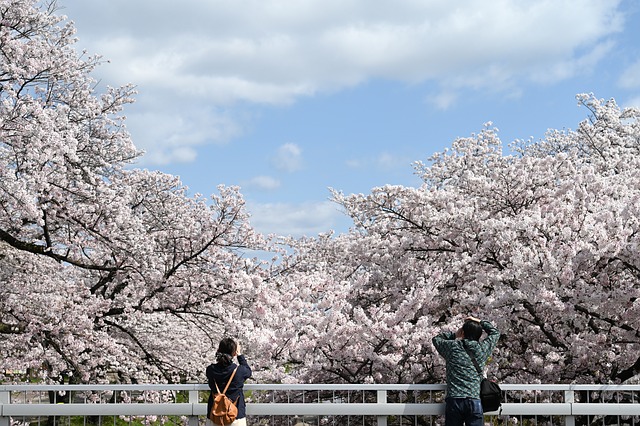Mastering the Art of Aerial Photography: Enhancing Exposure through Optics and Camera Techniques
Aerial photography has become increasingly popular, not only for professionals but also for enthusiasts looking to capture breathtaking perspectives of our world. The thrill of seeing landscapes from above, tucked away from the mundane view of the ground, offers a unique opportunity to explore photography in an entirely new light. Understanding the interplay between exposure, optics, and camera techniques is essential for anyone venturing into the art of aerial photography.
When we talk about aerial photographs, we often think about the sweeping vistas they can provide. However, the beauty of these images lies in their exposure settings—the balance of light that defines the mood and detail captured in every shot. The interplay between shadows and highlights creates an emotional connection to the photograph, making it imperative that photographers master their cameras and develop a solid understanding of optics.
Today’s cameras are equipped with advanced technology that allows for superior control over exposure. Digital cameras break away from traditional limitations, enabling photographers to fine-tune their settings for the best results. Utilizing the correct aperture setting can dramatically alter the depth of field and focus in aerial photographs. A wider aperture not only aids in low-light conditions but also isolates subjects, delivering stunning depth and clarity that engage viewers and pull them into the scene.
Optics play a crucial role during aerial shoots as well. Lenses designed specifically for aerial photography can minimize distortion and enhance sharpness, allowing photographers to capture the intricate details of landscapes from elevated angles. Utilizing high-quality glass and understanding how focal lengths affect composition can elevate an aerial photograph to works of art. For instance, a longer focal length can compress the depth of a landscape, while a wide-angle lens can capture expansive views, making the choice of lens critical to the desired outcome.
Moreover, exposure is influenced not just by camera settings but also by the time of day and weather conditions. Golden hours—early morning or late afternoon—provide soft, diffused lighting, perfect for an aerial shot. During these times, shadows add dimension, and colors pop, making photographs more vibrant and appealing. In contrast, photographing under harsh noon light can wash out colors and result in unflattering shadows. The ability to read the natural light around you and adjust your camera accordingly is key for achieving that perfect aerial photograph.
It’s also important to be mindful of how altitude and flight dynamics affect your images. Whether you’re piloting a drone, riding in a helicopter, or using a hot air balloon, the movement impacts your exposure settings. Unstable conditions can lead to motion blur, making it essential to adjust your shutter speed accordingly. Steady hands, stabilizers, or gimbals can assist in mitigating these issues, ensuring clarity in your shots without compromising the scene’s beauty.
Lastly, post-processing plays a vital role in refining an aerial photograph. Using editing software, photographers can enhance colors, contrast, and sharpness, recovering details that may have been lost in the initial exposure. However, it is crucial to find a balance between enhancement and authenticity—capturing the true essence of a moment while allowing the photograph to tell its own story.
Through a mix of well-honed skills in optics and an understanding of exposure techniques, aerial photography can transform breathtaking views into captivating images that resonate deeply with audiences. Each aerial photograph serves not just as a piece of art but also as a reminder of the planet’s grandeur, instilling awe and appreciation for the world from above.



